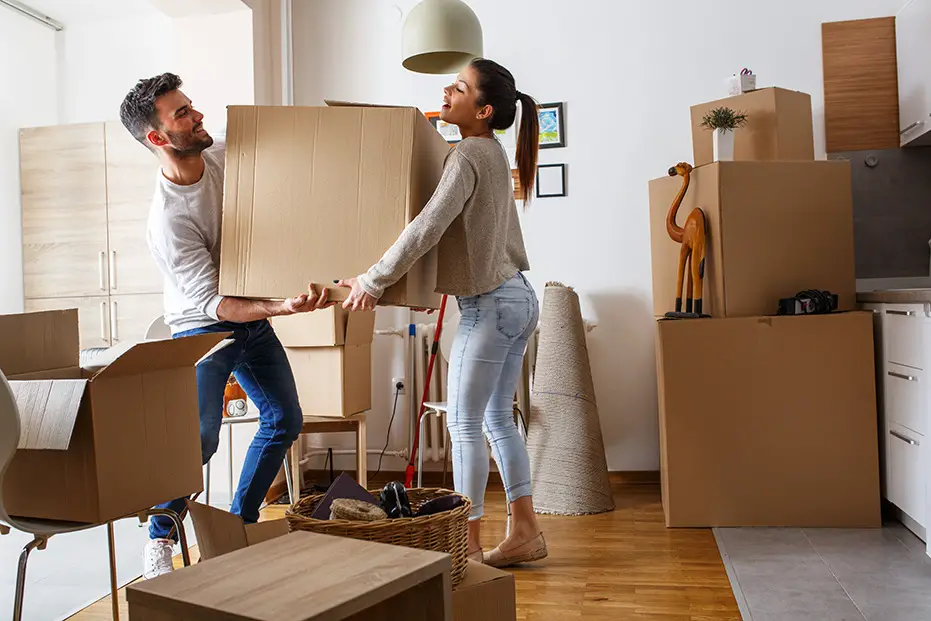Planning Ahead: How to Protect Your Belongings Between Moves
Moving home is rarely a straightforward task. Whether you’re moving across town or to another country, there are often gaps where your belongings need temporary protection. Without the right planning and storage, items can get lost, damaged, or cause unnecessary stress. In this guide, we’ll explore how to protect your belongings between moves using smart strategies and practical solutions. For a complete overview of managing your belongings during a move, make sure you plan ahead with a reliable checklist.
If you’re planning to relocate, it’s crucial to protect your belongings between moves with proper packing and storage.
Top Ways to Protect Your Belongings Between Moves
By using trusted storage solutions, you ensure that you protect your belongings between moves without added stress.
Table of Contents
- Why Interim Storage Becomes a Lifeline During Moves
- Sorting and Prioritising to Protect Your Belongings Between Moves<
- How to Pack Smart and Protect Your Belongings Between Moves
- Choosing Storage to Keep Your Belongings Safe
- Coordinating Removals and Storage Seamlessly
- Safely Reclaim and Reorganise Stored Belongings
- Take the Stress Out of Your Next Move
Why Interim Storage Becomes a Lifeline During Moves
Delays are common during home moves. Property chains may stall, renovations may extend unexpectedly, or new leases may not start right away. These delays create a vulnerable gap for your possessions.
Families moving in and out of urban areas face tighter logistics. For example, storage in Central London provides an ideal buffer. These facilities offer flexible storage units with top-tier security and accessibility—perfect for managing your belongings while your living situation transitions.
- Eliminates the need for rushed decisions
- Reduces damage risk to fragile or high-value items
- Allows flexible access for staged moves
Sorting and Prioritising to Protect Your Belongings Between Moves<
One of the best ways to protect your belongings is by being selective. Not everything needs to move or be stored.
Break items down into the following categories:
- Daily essentials: Clothes, toiletries, devices, and documents
- Short-term use: Items needed in the first few weeks
- Long-term storage: Off-season gear, sentimental items, excess furniture
Use tools like Sortly or Google Sheets to digitally inventory and tag your items. Take photos and assign labels—this avoids confusion later and helps you plan your unpacking. Simple spreadsheets are incredibly helpful for tracking box contents, timelines, and final destinations.
Evaluate Before You Store
Before you rent extra space, ask yourself:
- Do I use this regularly?
- Is it replaceable for less than storage cost?
- Is it worth transporting and keeping long term?
Use this evaluation to reduce costs and clutter.
How to Pack Smart and Protect Your Belongings Between Moves
Packing isn’t just about fitting things into boxes. How you pack has a big impact on how well your belongings are protected.
Short-Term Storage Tips
- Use double-walled cardboard boxes
- Wrap items in bubble wrap or foam
- Seal boxes with strong packing tape
Long-Term Storage Tips
- Use airtight plastic containers to prevent moisture damage
- Silica gel packs help absorb humidity
- Cover furniture with cloth sheets (avoid plastic which traps condensation)
Consider eco-friendly options like reusable moving crates and biodegradable wraps to reduce waste.
Label and Prioritise
Use a priority system:
- Red: Open immediately
- Yellow: Use within a month
- Green: Long-term storage
This method saves time during unpacking and helps others assisting with your move understand what matters most.
Choosing Storage to Keep Your Belongings Safe
Not all storage is created equal. The best type depends on how long and how often you need access to your items.
Types of Storage
- Self-storage: Great for access anytime. Ideal during staggered moves.
- Container storage: Better for long-term storage with fewer access needs.
- Mobile storage: Ideal when you want to avoid hiring moving vans. A container is delivered to you and picked up once filled.
Security Features to Look For
- 24/7 CCTV monitoring
- Access-controlled gates
- Individual unit locks
- Climate control (for electronics or wooden furniture)
Ensure that you understand the insurance policy. Your home insurance may not cover items in storage. Some providers offer temporary insurance for added peace of mind.
Coordinating Removals and Storage Seamlessly
Disjointed logistics often cause delays and misplaced items. Plan early and share a master checklist with everyone involved.
Essential Coordination Tips
- Use one provider for removals and storage, if possible
- Tag and separate items by destination (new home vs. storage)
- Use a spreadsheet to track box numbers and their final location
Prepare an “essentials kit” with things like medications, chargers, snacks, toiletries, and clothes for a few days. Keep this with you during the move.
Safely Reclaim and Reorganise Stored Belongings
Once you’re in your new place, resist the urge to bring back everything in one go. Phasing helps keep your space tidy and manageable.
Tips to Keep Your Items Protected After the Move
- Inspect all items upon retrieval for damage
- Report issues quickly to storage providers
- Start with essentials and bring non-urgent boxes in batches
Use this stage to purge again. Items that no longer fit or feel relevant can be sold or donated. It’s your chance to start fresh with only the things you truly value.
Take the Stress Out of Your Next Move
Planning ahead is the most powerful way to protect your belongings between moves. By sorting your possessions, packing smart, and choosing the right storage, you avoid damage, loss, and unnecessary stress. Whether your move involves a short delay or several months of limbo, investing in a temporary storage plan pays off.
Stay organized, label everything, and don’t underestimate the value of digital tools. With a few simple steps, your move can feel less chaotic and far more manageable.
Want to learn more about how smart tech integrates with daily life? Explore our guide on how long LED TVs last and protect your tech during your next move.



